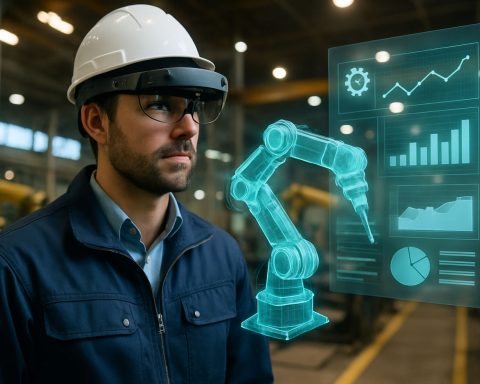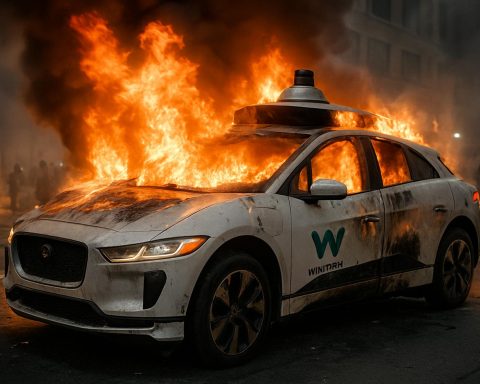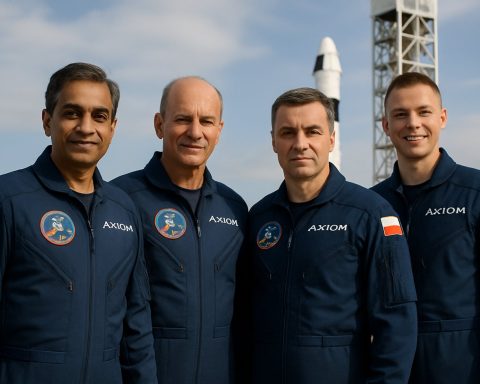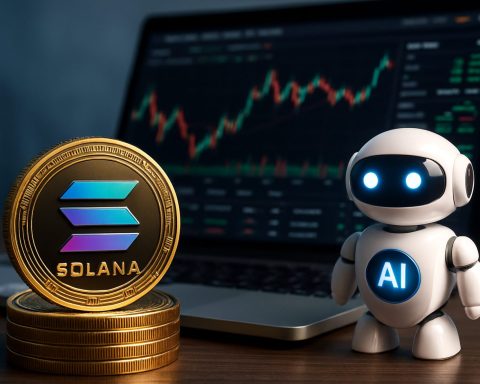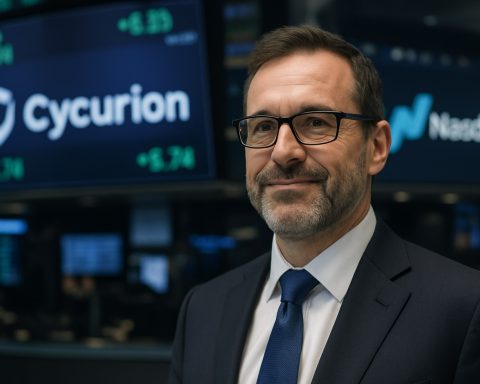- Zack Nelson challenges Elon Musk’s bold claims about Tesla’s value retention, showcasing the stark depreciation of his 2018 Model X now valued at $22,400.
- Elon Musk promoted Teslas as appreciating assets, largely due to Full Self-Driving (FSD) capabilities; however, price reductions in FSD have contributed to faster depreciation rates.
- Reports highlight that used Tesla vehicles now experience depreciation three times faster than the average car, leaving many owners feeling misled by initial promises.
- Past over-promises, like Musk’s declaration of self-driving as a “solved problem” in 2015, contrast with recent admissions about the limitations of Tesla’s current hardware.
- The saga emphasizes the necessity for cautious buyer optimism, as the promise of innovation often eclipses the pragmatic realities of current technology.
Zack Nelson, known to millions as JerryRigEverything, recently raised eyebrows with a biting critique of Elon Musk’s claims on Tesla’s value retention. In a world where tech visionaries often blur the line between bold forecasts and fleeting realities, Nelson’s revelation provides a sobering illustration. Peering into the current worth of his 2018 Model X, valued now at a stark $22,400, a mere fraction of its initial purchase price, Nelson paints a visually striking picture of depreciation.
For years, Musk, the charismatic helm of Tesla, portrayed his vehicles as appreciating assets. His 2019 proclamation promised a revolutionary turn in vehicle ownership—one where the investment in a Tesla skyward due to the allure of Full Self-Driving (FSD) capabilities. Tesla’s price tags for this cutting-edge dream, however, have been marching in the opposite direction.
From the onset of 2023, multiple price reductions of the FSD package have raised concern and increased the depreciation rates of Tesla cars. Recent reports indicate that used Teslas now witness their worth plummeting three times faster compared to the average automobile. This economic reality has struck a chord among Tesla owners, many of whom echo Nelson’s sentiment, feeling misled by Musk’s pledge of future prosperity.
This ongoing backlash underscores a repeated history of missed timelines and over-promises. At a grand Nvidia conference in 2015, Musk confidently declared self-driving as a “solved problem,” predicting the reign of autonomous vehicles was just around the corner. Yet the horizon kept extending, and Elon Musk has lately admitted that Tesla’s existing hardware falls short of achieving complete autonomy—a painful insight that’s echoed widely among disillusioned supporters.
The allure of Tesla was more than just its sleek design and futuristic promises; it was the dream of a vehicle that wouldn’t just drive but become more valuable over time. Yet, for those who bought into the optimistic vision presented, a stark takeaway becomes clear: buyer vigilance is crucial in an ecosystem where dreams of innovation sometimes sprint past the current realities of technology.
Why Tesla’s Depreciation Dilemma Matters More Than Ever
Understanding Tesla’s Depreciation Trends
Tesla vehicles, once heralded as groundbreaking technological marvels, are seeing significant drops in resale value. This phenomenon challenges Elon Musk’s narrative of Teslas as “appreciating assets,” promising an economic return on investment due to features like the Full Self-Driving (FSD) package. However, the depreciation rates of Tesla cars are currently outpacing average automobiles—plummeting up to three times faster, as highlighted in Zack Nelson’s critique.
Key Questions Answered
1. Why Are Teslas Depreciating So Fast?
The rapid depreciation of Tesla vehicles can be attributed to several factors:
– Frequent Price Changes: Tesla’s strategy of altering car prices, sometimes drastically, impacts perceived value.
– FSD Delays: Expectations about FSD capabilities have not been realized as quickly as promised, reducing the perceived technological advantage.
– Increased Competition: The electric vehicle (EV) market is rapidly expanding with competitors like Rivian, Lucid Motors, and traditional car brands offering compelling alternatives.
2. What Are the Implications for Tesla Owners?
Owners face financial impacts that include a significant loss in resale value. This reality is particularly challenging for those who financed their vehicles with expectations of high resale value.
3. Is the Investment in FSD Worth It?
Given Elon Musk’s recent admissions about current hardware limitations, buyers should be cautious. The FSD package promises future capabilities that are not currently realized, which could mean longer waits for return on investment.
Market Forecasts & Industry Trends
The EV landscape continues to evolve with an emphasis on developing more sustainable and consumer-friendly technologies. However, Tesla’s market share may face challenges:
– Regulatory Scrutiny: Growing safety concerns and stringent regulations are pushing companies toward more robust autonomous systems.
– Sustainable Practices: Tesla needs to address sustainability in production and end-of-life vehicle recycling to keep pace with industry standards.
Pros & Cons Overview
Pros
– Forward-thinking design and advanced technology.
– Strong charging network and performance metrics.
Cons
– High initial cost and rapid depreciation.
– Delayed fulfillment of promised technologies like FSD.
– Market volatility due to fluctuating prices.
Actionable Recommendations
– Research Extensively: Potential buyers should monitor market trends and Tesla’s strategic moves.
– Evaluate Financial Plans: Consider total cost of ownership, including potential resale value loss.
– Be Cautious with Add-ons: Evaluate the real-world efficacy of features like FSD before purchase.
Real-World Use Cases
Owners interested in Tesla for autonomous capabilities should:
– Keep abreast of software updates and their impacts.
– Consider alternative investment methods, such as leasing, if concerned about depreciation.
For more information on Tesla’s offerings and innovations, visit Tesla. It’s prudent for buyers and enthusiasts to balance the allure of cutting-edge technology with a clear understanding of the present economic realities.

